And today, thanks to perceptive, empathetic authors—many of whom experienced these same challenges, these children are able to see themselves and their obstacles, losses, adversities, and traumas reflected in books and know that their lives are valued and their resilience acknowledged. Readers can use these books as maps, noting how characters handled and mishandled problems. And those who are lucky enough to have not experienced these challenges firsthand, through the stories of others, learn compassion for those who have and can applaud their resilience and fortitude.
In the poignant novel Ruby on the Outside by Nora Raleigh Baskin, 11-year old Ruby is on the outside, and her mother is on the inside. Ruby lives with her aunt and has never had best friend because since she was five, her mother has been in prison and to survive, she thinks she has to keep it a secret. During the summer before she starts sixth grade, Ruby years for a best friend to help her navigate middle school, but can she trust anyone with her secret? In flashbacks, the reader sees the effect of parental incarceration on Ruby through the emotional, highly regulated visits to her mother and Ruby’s observations of the effect of incarceration on other child and adolescent visitors.
In the first book of a new series by Jason Reynolds, Ghost, readers meet Castle Cranshaw a/k/a Ghost whose father is in prison for holding a gun on Ghost and his mother. Ghost is trying to outrun his anger and joins a track team, learning that everyone, even his new friends on the elite team, has challenges.
Take Me There relates the story of Dylan Dawson, a teen with a criminal record; a teen who is almost illiterate and feels like he has no worth or future but struggles to write poetry for his girl; a teen whose father has been in prison since he was six. Dylan’s hopes for a better life with Jess seem out of reach. His father speaks to Dylan through a book he wrote in prison about the perils of illiteracy, which preordains people to a life in prison.
Paper Things by Jennifer Richard Jacobson takes the reader through many of the scenarios that a homeless child experiences. Ari and Gage’s mother died four years before. When he turns nineteen, Gage decides that he wants to take care of his 11-year-old sister Ari. They leave their guardian’s house and become homeless. Over the 6 week period, they sleep in a car, a storage unit, a friend’s 1-room apartment, a shelter, and Ari’s grades fall, she smells, and she is too embarrassed to tell her friends why she is not returning their calls. After she returns home, Ari gathers materials for students for a school craft activity, learning from her experiences that everyone might not have what they need to participate.
In The Exact Location of Home by Kate Messner, Kirby Zigonski and his mother lose their apartment when she can no longer pay the rent. Zig’s father is gone (incarcerated, as the reader later learns) and his mother is going to school to become a nurse and better their lives. They move into a shelter and Zig finds it trying to complete homework and his grades fall and he wears the same clothes over and over. He also finds out that many of the children from the trailers, such a class bully Kevin Richards, live temporarily in the shelter and he now sees why Kevin is not prepared for classes, as his teacher points out in front of the class. This novel, as Paper Things, makes the reader aware of the full practical and emotional realities caused by homelessness.
Even though primarily a book about 9/11 and teaching the events of September 11 to students who were not alive in 2001, Towers Falling by Jewell Parker Rhodes also tells the story of Deja who lives in a homeless shelter with her family. Her father doesn’t work and the reason why is tied to his September 11, 2001 experience.
Sketches by Eric Walters is the story of adolescents who are homeless. Dana is a runaway and with her new friends Brent and Ashley, she learns to navigate street life. She becomes involved with Sketches, an agency that provides access to art supplies and maybe away off the streets.
Sonya Sones’ latest verse novel, Saving Red, introduces us to Red, a homeless adolescent. Molly, the narrator, meets Red when she is counting the homeless for a school project. As she becomes more involved with Red, Molly, who has struggles of her own, decides that she will help Red get home to her family even though Red shows no inclination to leave the streets. Molly eventually realizes that Red is mentally ill (schizoaffective disorder) and worries about her safety on the streets. Saving Red presents two issues in contemporary adolescent life, mental illness and homelessness and the connection between the two.
Depression:
The Memory of Light by Francisco Stork is the story of Vicky, a teen experiencing depression whose failed suicide allows her to get the help she needs. The novel focuses on her rehabilitation process and that of her recovery group, four teens who experience diverse mental health issues.
Obsessive-Compulsive Disorder:
Fourteen-year-old Adam is a member of a support group for teens who cope with obsessive-compulsive disorder through a variety of rituals in Teresa Toten’s The Unlikely Hero of Room 13B. In this group Adam meets Robyn who is struggling with her mother’s death and tries to help her while dealing with his own family relationship challenges, including a mother who has mental health issues of her own and a younger step-brother who is displaying signs of anxiety.
In Finding Perfect by Elly Swartz, twelve-year-old Molly has rituals to help her find perfect. But when her mother moves away for a new job, the rituals increase and take over her life as she tries to keep this a secret and put everything in order so her life can be as perfect as possible.
In Every Last Word by Tamara Ireland Stone junior Samantha McAllister hides a problem, her battle with Purely-Obsessional OCD. To maintain her popular lifestyle, she constantly worries and second-guesses herself and her choices—and keeps her secret from her friends at all costs. She meets a new group of students who befriend her, show her what is important, and make her feel more “normal.” This Poetry Corner allows her to express herself through writing.
Agoraphobia:
Morgan, the main character of Underwater by Marisa Reichardt, is suffering from a type of agoraphobia. The teen feels that she was partly to blame for a deadly tragedy at her school, although her part was unintentional, initiated by a good deed. Since that day she cannot move past the front door of her apartment. She can’t see friends, and she cannot go anywhere. She is afraid of living, feeling like she is underwater. Luckily a new friend moves into the apartment complex and tries to connect her back to the outside world.
Perfect by Natasha Friend was the first novel I read about eating disorders. As a reaction to the death of her father, thirteen-year-old Isabelle feels the pressure to be perfect. Her mother enrolls Isabelle into therapy in an Eating Disorder and Body Image Therapy Group. Much to her surprise, another member of the group is Ashley, the most popular girl in the junior class. This is a novel about eating disorders, the pressure to remain popular, and the need for adolescent girls to learn feel confident about how they look.
Laurie Halse Anderson’s Wintergirls relates the story of Lia who is never content with her weight; she craves the control anorexia gives her over her body and her life. Even when Lia’s friend Cassie dies from an eating disorder and contest they shared, Lia is unable to stop herself, despite the physical and psychological damage she is causing herself. This book portrays just how addictive anorexia can be.
Lynda Mullaly Hunt’s One for the Murphys (This novel is represented in an early post) introduces Carley Connors, a most unwilling foster child. She is placed with a happy, loving family but doesn’t think she deserves this and refuses to accept her good fortune. She is also conflicted because she wants to be with her mother. Many times when we see or hear of unhappy foster children, we blame the foster system. But it is a difficult dilemma for children who sometimes feel guilty for being happy or keep their guard up in case they are not retained or in case they do go back to their biological family.
One of my favorite literary characters is Lonnie Collins Motion, the Locomotion of Jacqueline Woodson’s verse novel Locomotion. I wanted to adopt him but was turned down because (1) fictional character and (2) Lonnie already has a wonderful, caring foster mother, Miss Edna. Lonnie lost his mother at age 7, and 4 years later his teacher is showing him how to capture and work through his emotions through writing poetry.
Fourteen-year-old Matilda “Matt,” the main character of Kathy Erskine’s Quaking, is not technically a foster child. After her parents’ deaths, she has gone through every relative she has. Her last chance for a family is distant relatives Sam and Jessica Fox, and Matt is convinced she soon will be leaving them also. But the Foxes are Quakers and, in protesting the war, their meeting house and lives are threatened. Sam and Jessica help Matt to value herself and find her voice to stand up for the family she is growing to love.
In Between the Lines, Nikki Grimes shares the story of a teen who is about to age out of the system. Jenesis has been in the foster system since her mother left her at the hospital at age two. Entering eleventh grade, she is in her thirteenth foster placement, and her goal, even in this home where is treated like a servant, is to “make this work for four more semesters.” She shares her worries about what will happen when she graduates and turns 18 in her poem “Tick Tock.” This is a foster child who doesn’t appear in novels, and in her Author’s Note, Grimes shares her sensitivity to the “incredible challenges experienced by teens who age out of the foster care system after their eighteenth birthday,” many ending up homeless.
Between the Lines also introduces the readers to other characters facing some of the challenges outlined in this blog: Marcel whose father was incarcerated for only a short time but long enough to ruin his employment opportunities and his attitude; Freddie who, while not homeless, lives in poverty and takes care of her alcoholic mother and her niece, daughter of an addicted older sister; Angela who does not have an eating disorder but is convinced she is not “enough”; Val, the child of immigrants who is faced with “signs in my neighborhood instructing me to go back home” even though she is an American and is home; and Darrian who is surviving the loss of his mother to cancer at age 36.
It is crucial that teachers and their students read novels such as these to become aware of who may be sitting in front of them, or with them, in their classrooms. When the teacher berates Zig (The Exact Location of Home) for lack of homework and pencil, he writes, “I don’t say anything.” It is also important for children of incarcerated parents or experiencing poverty, homelessness, mental health issues, eating disorders, or other challenges, trauma, and loss to see themselves honored in a book and not hidden in plain sight.
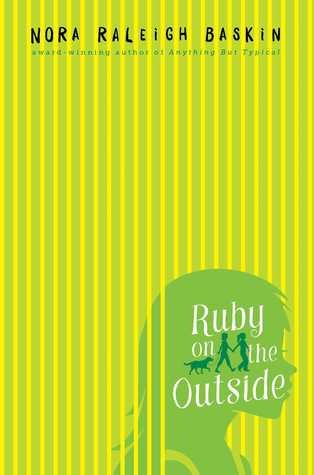
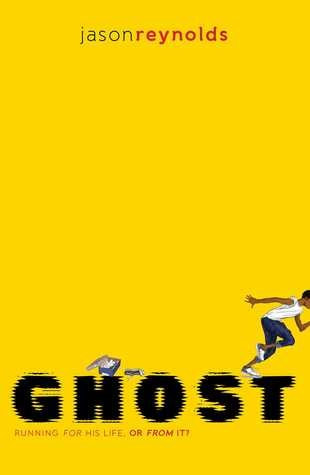
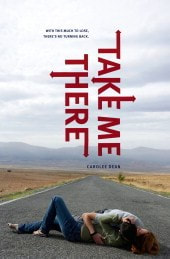
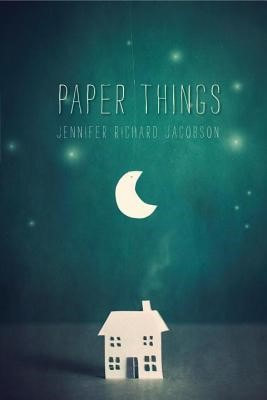
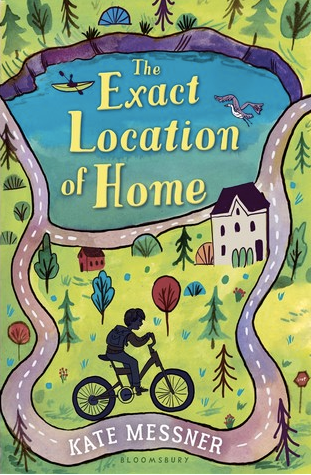
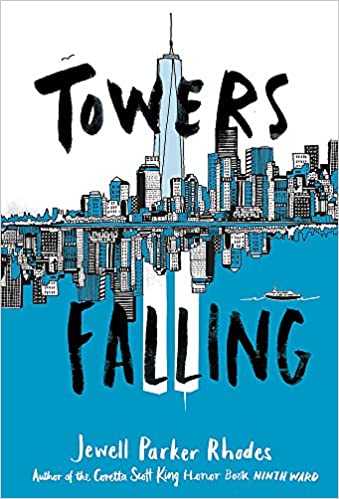

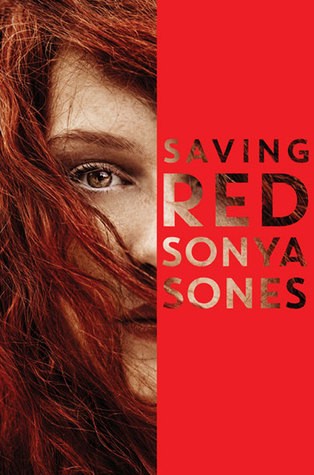
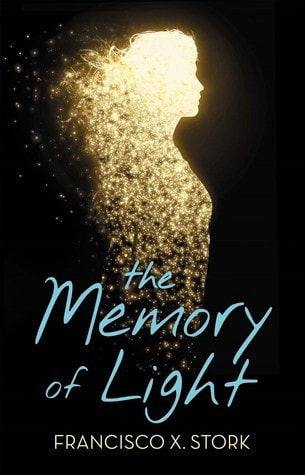
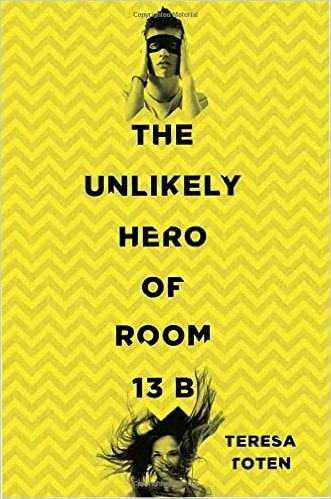
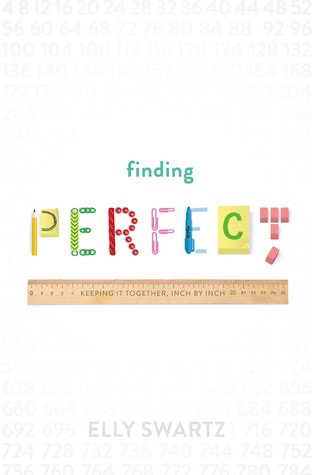

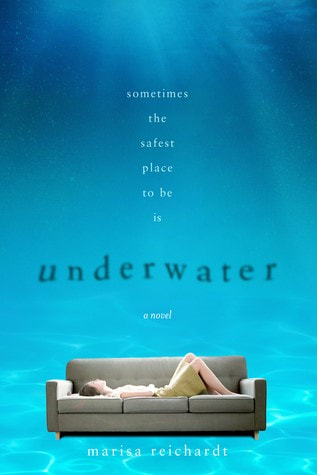
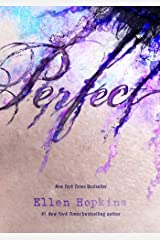
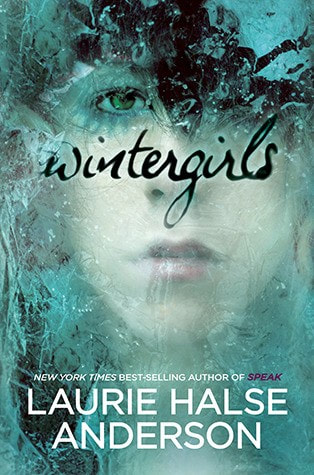
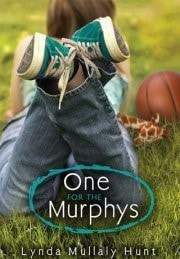
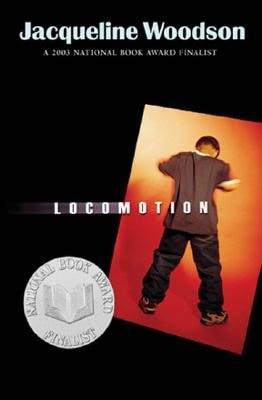
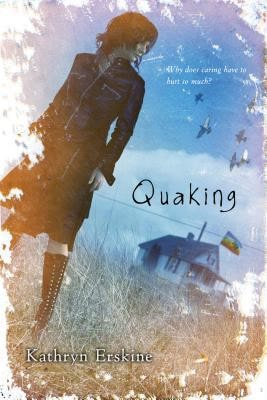
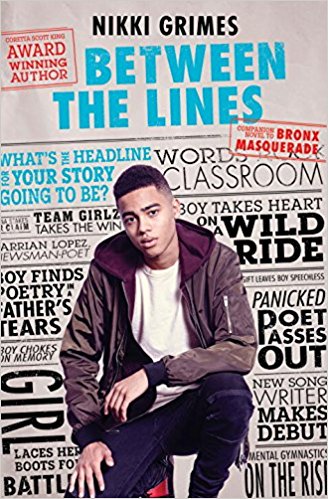
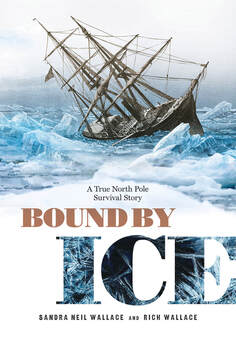
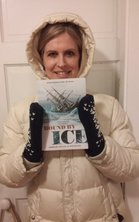

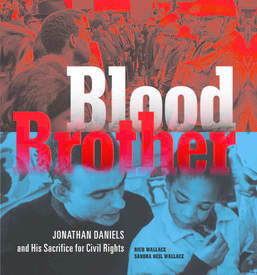
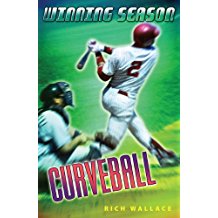
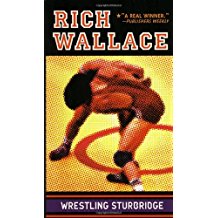
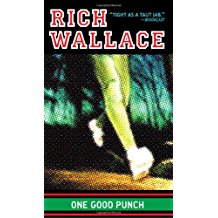
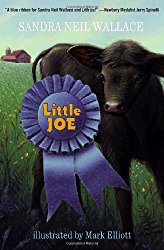
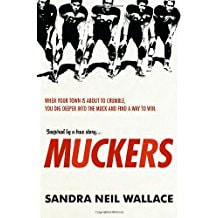
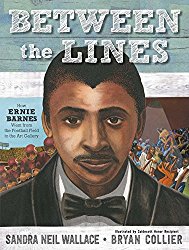
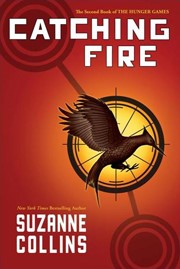
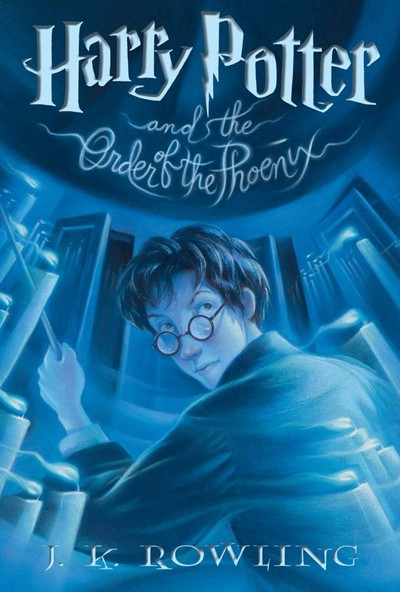
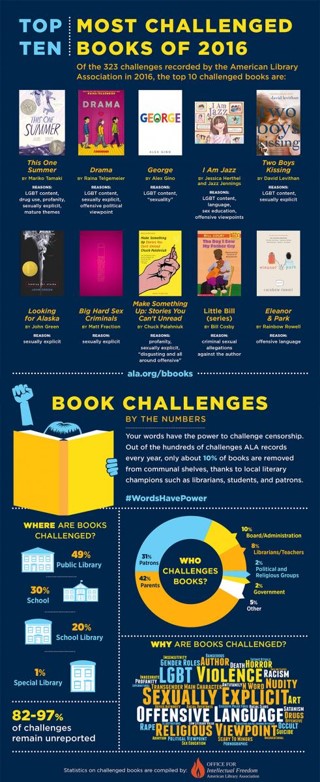
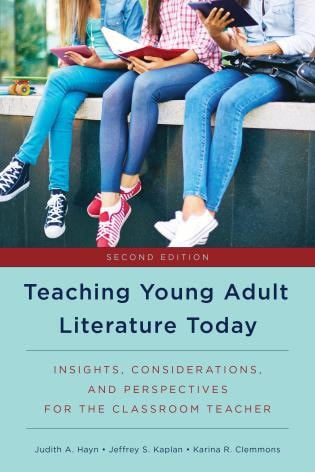
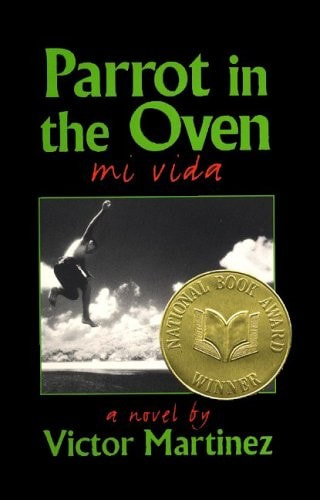
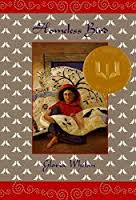
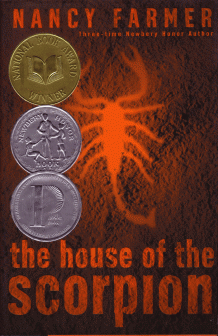
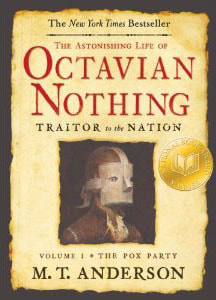

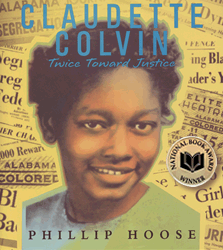
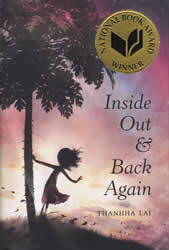
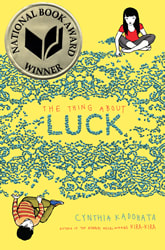
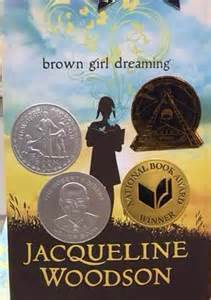
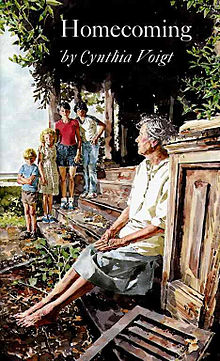

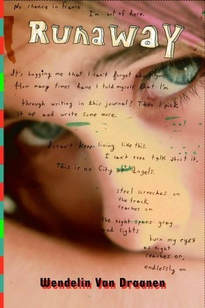
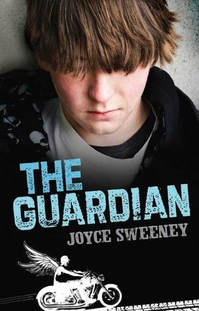
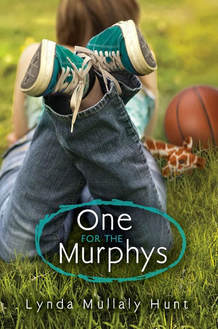
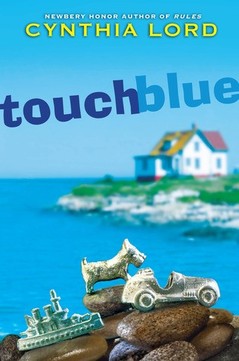
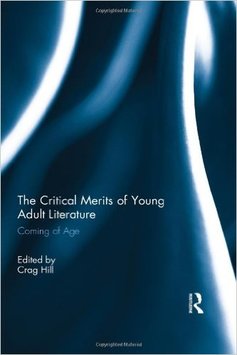

 RSS Feed
RSS Feed